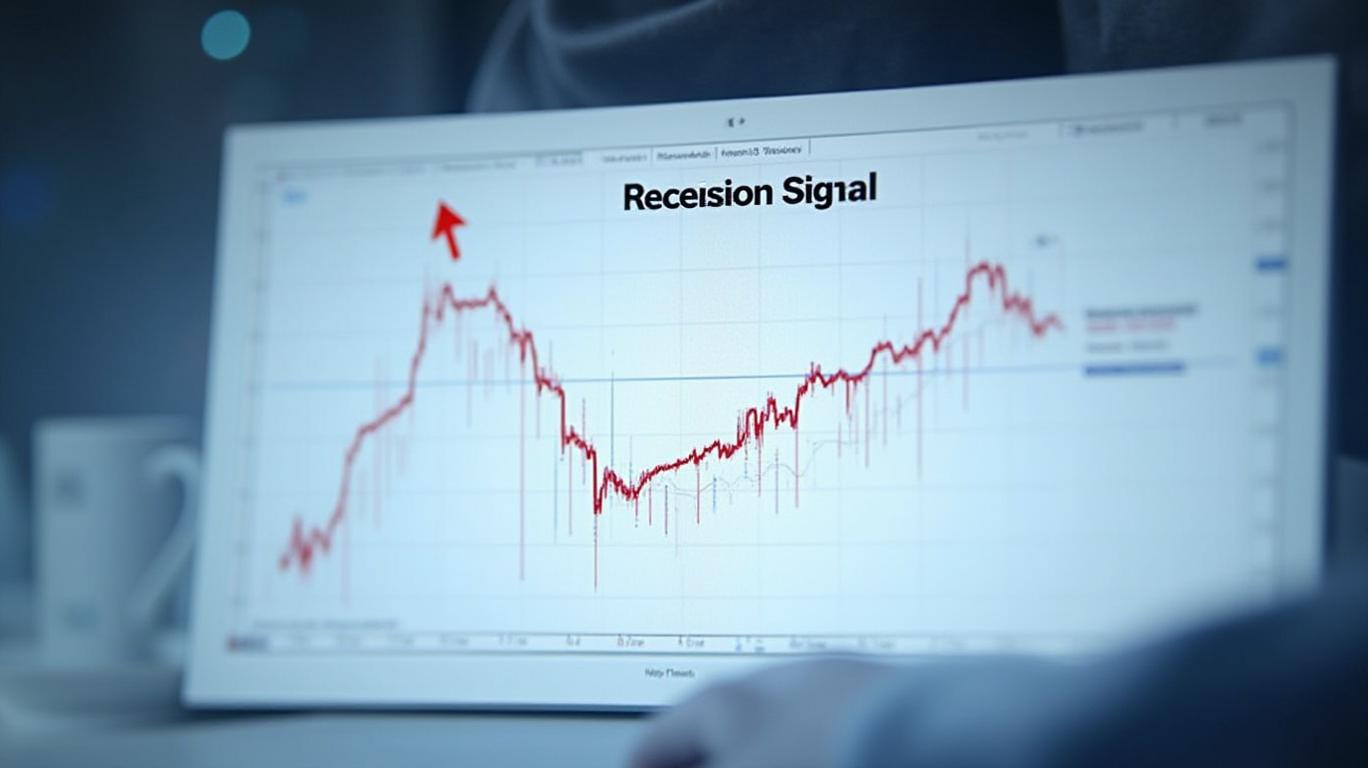Downside Risk: Understanding and Calculating Potential Losses
Saturday, Feb 22, 2025 3:24 pm ET

20-day's trading volume greater than 25000(9706)20's moving average(6129)50's moving average(6129)20's moving average greater than 50's moving average(3130)100's moving average(6129)50's moving average greater than 100's moving average(2509)closing price(6514)52-week high(6514)closing price divide 52-week high greater than 80%(2679)20's moving average greater than 50's moving average and 50's moving average greater than 100's moving average and closing price divide 52-week high greater than 80% and 20-day's trading volume greater than 25000(1172)percentage change;max:value_first(6514)percentage change;max:value_first;bullish stocks(1172)
Interval Trading Volume(Share)2025.02.03-2025.02.21 | 20-Day Moving Average2025.02.21 | 50-Day Moving Average2025.02.21 | 100-Day Moving Average2025.02.21 | 20-Day Moving Average-50-Day Moving Average2025.02.21 | 50-Day Moving Average-100-Day Moving Average2025.02.21 | Closing Price(USD)2025.02.21 | 52-Week High(USD) | Closing Price/52-Week High2025.02.21 | Percentage Change%2025.02.21 |
|---|---|---|---|---|---|---|---|---|---|
| 1.15M | 1.88K | 1.79K | 1.71K | 86.41 | 79.67 | 1.84K | 2.06K | 0.89 | -0.84 |
| 1.31M | 3.40K | 3.33K | 3.23K | 78.13 | 98.09 | 3.37K | 3.48K | 0.97 | -1.11 |
| 34.94M | 597.19 | 521.21 | 467.56 | 75.98 | 53.66 | 607.38 | 652.63 | 0.93 | -4.62 |
| 50.39M | 1.01K | 940.39 | 864.97 | 66.42 | 75.42 | 1.00K | 1.06K | 0.94 | -2.09 |
| 530.60K | 1.38K | 1.32K | 1.29K | 64.89 | 29.84 | 1.38K | 1.46K | 0.95 | -4.14 |
| 217.65M | 699.69 | 646.37 | 612.99 | 53.32 | 33.38 | 683.55 | 740.91 | 0.92 | -1.62 |
| 4.75M | 1.31K | 1.26K | 1.23K | 51.36 | 28.65 | 1.30K | 1.35K | 0.97 | -0.69 |
| 26.39M | 1.02K | 978.35 | 946.29 | 45.37 | 32.06 | 1.04K | 1.08K | 0.96 | 0.02 |
| 12.53M | 747.39 | 703.92 | 697.14 | 43.47 | 6.79 | 754.30 | 896.32 | 0.84 | -3.00 |
| 8.35M | 776.11 | 739.90 | 676.85 | 36.21 | 63.05 | 726.43 | 881.13 | 0.82 | -2.88 |
Ticker |
|---|
| MKLMarkel Group |
| AZOAutozone |
| SPOTSpotify Technology |
| NFLXNetflix |
| COKECoca-Cola Consolidated |
| METAMeta |
| ORLYO'Reilly Automotive |
| COSTCostco Wholesale |
| KLACKLA |
| HUBSHubspot |
View 1172 results
As investors, we often focus on the potential gains of an investment, but it's equally important to understand and manage the downside risks. Downside risk refers to the potential loss in value of a security or investment if market conditions lead to a decline in its price. By assessing downside risk, investors can make more informed decisions and better manage their portfolios. In this article, we will explore the concept of downside risk, its significance, and how to calculate it.
Why Downside Risk Matters
Downside risk is a crucial aspect of investing because it helps investors understand the potential losses they may face. Unlike standard deviation, which considers both positive and negative returns, downside risk focuses solely on negative returns. This allows investors to better assess the potential downside of an investment and make more informed decisions about risk management.
Calculating Downside Risk
There are several methods for calculating downside risk, including semi-deviation, Value-at-Risk (VaR), and Roy's Safety First ratio. Here, we will focus on semi-deviation, which is a common downside risk measure.
1. Semi-Deviation: Semi-deviation is a variation of standard deviation that measures the deviation of only bad volatility and how large the deviation in losses is. It focuses solely on negative returns, providing a more accurate assessment of downside risk.
To calculate semi-deviation, follow these steps:
a. Calculate the average return (AR) of the investment over a specific time period.
b. Calculate the negative return deviations (NRD) by subtracting the average return from each negative return.
c. Square each negative return deviation.
d. Calculate the average of the squared negative return deviations (ANRD).
e. Take the square root of the ANRD to calculate the downside deviation.
Downside Deviation = Square root of ANRD
For example, consider the following 10 annual returns for an investment: 10%, 6%, -12%, 1%, -8%, -3%, 8%, 7%, -9%, -7%. In this case, any returns that were less than 0% were used in the downside deviation calculation.
The standard deviation for this data set is 7.69%, and the downside deviation of this data set is 3.27%. This shows that about 40% of the total volatility is coming from negative returns, implying that 60% of the volatility is coming from positive returns. By breaking down the volatility this way, it becomes clear that most of the investment's volatility is "good" volatility.
Other Downside Risk Measures
In addition to semi-deviation, other downside risk measures include Value-at-Risk (VaR) and Roy's Safety First ratio. VaR estimates how much a company and its portfolio of investments might lose with a given probability, given typical market conditions, during a set period. Roy's Safety First ratio evaluates portfolios based on the probability that their returns will fall below a minimum desired threshold.
By understanding and calculating downside risk, investors can better manage their portfolios and make more informed decisions. Whether you're a seasoned investor or just starting out, incorporating downside risk analysis into your investment strategy can help you navigate market fluctuations and protect your portfolio from significant losses.

_b905d9341749265671656.jpg)








